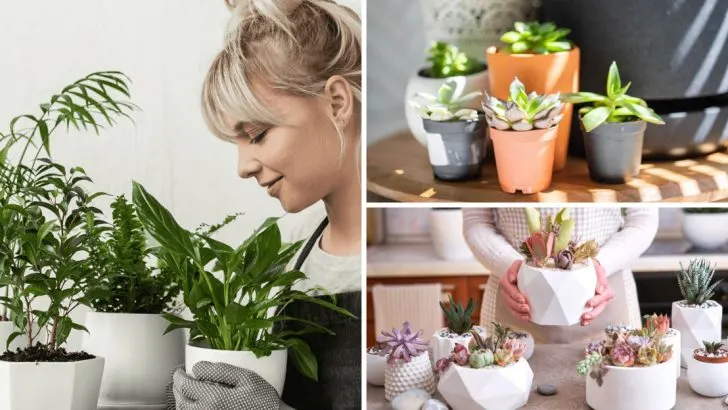Houseplants bring life, beauty, and a sense of calm to our living spaces. However, caring for them often comes with a wealth of advice – some of which has been passed down through generations. While many tips are tried and true, others are based on outdated science or misconceptions that can actually harm your plants.
From watering rules to sunlight requirements, these myths have influenced how we care for our leafy companions. As our understanding of botany and plant care has evolved, many of these myths have been debunked, making way for better, more effective ways to keep our houseplants thriving.
Here are 12 common houseplant myths that you might still believe and the truths behind them to ensure you’re giving your plants the care they deserve.
Myth 1: Talking to Plants Helps Them Grow
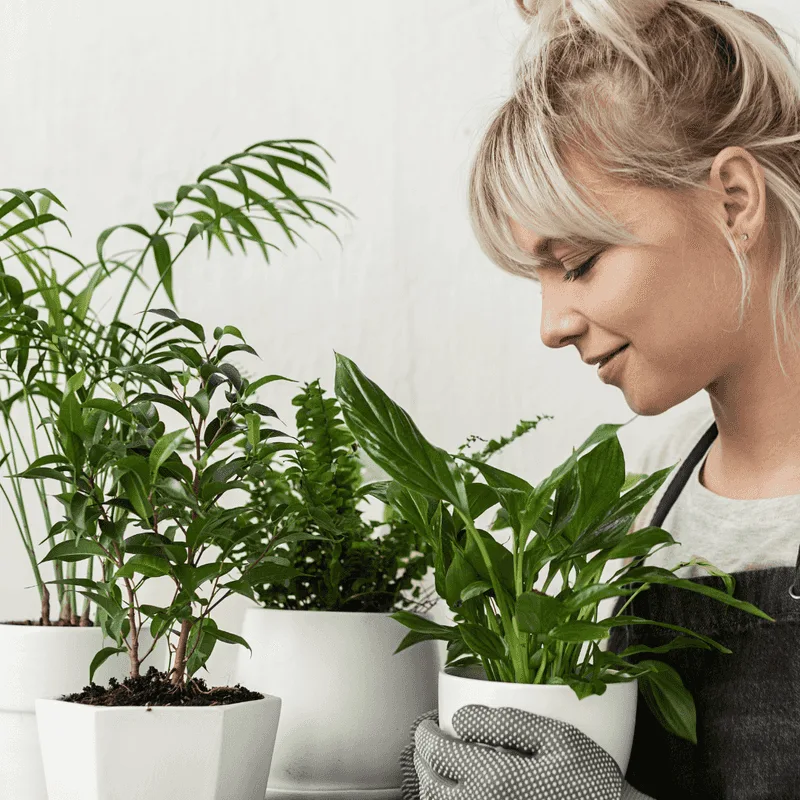
While engaging in conversation with your plants can be therapeutic for you, it doesn’t notably influence their growth. Plants respond to physical factors like light, water, and nutrients rather than verbal encouragement. However, talking to plants may enhance your attentiveness, leading to better care. Essentially, the myth of verbal interaction sparking growth is more about human connection than botanical benefit. So, keep nurturing your plant with the essentials and enjoy the personal connection without expecting a growth boost.
Myth 2: Plants Need Direct Sunlight
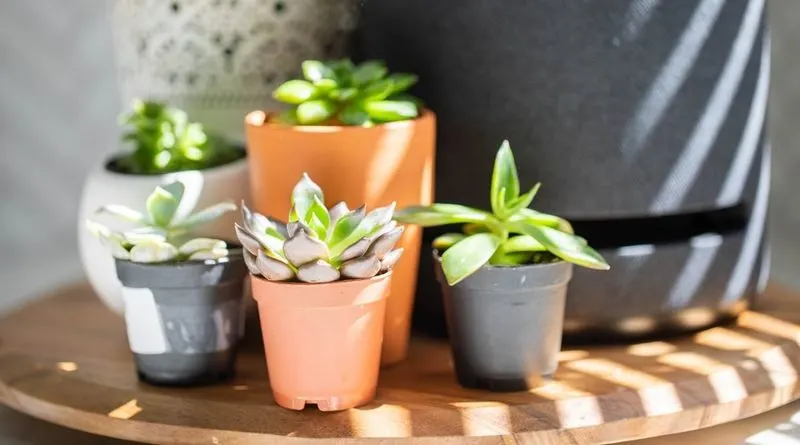
Contrary to popular belief, most houseplants prefer indirect sunlight to thrive. Direct sunlight can scorch leaves, especially for tropical varieties. Placing your plant near a window with filtered light often suffices. Understanding each plant’s unique light preference is crucial. Many flourish in moderate, indirect light, while a few may enjoy the sun’s full embrace. Rather than assuming all plants bask under direct rays, adapt your approach based on specific needs, enriching your indoor garden’s health.
Myth 3: All Plants Purify Air
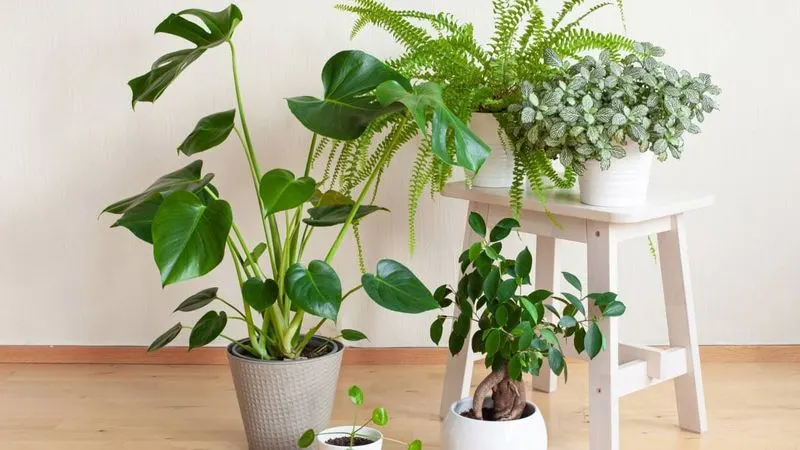
The belief that all houseplants significantly purify indoor air is exaggerated. While some plants can remove small amounts of toxins, the effect is minimal in typical home environments. Research indicates massive numbers of plants are needed to make a significant impact on air quality. Instead, view plants as aesthetic and emotional enhancers. While they won’t notably cleanse your air, they certainly uplift your space visually and emotionally, proving their worth beyond myths.
Myth 4: Yellow Leaves Mean Overwatering
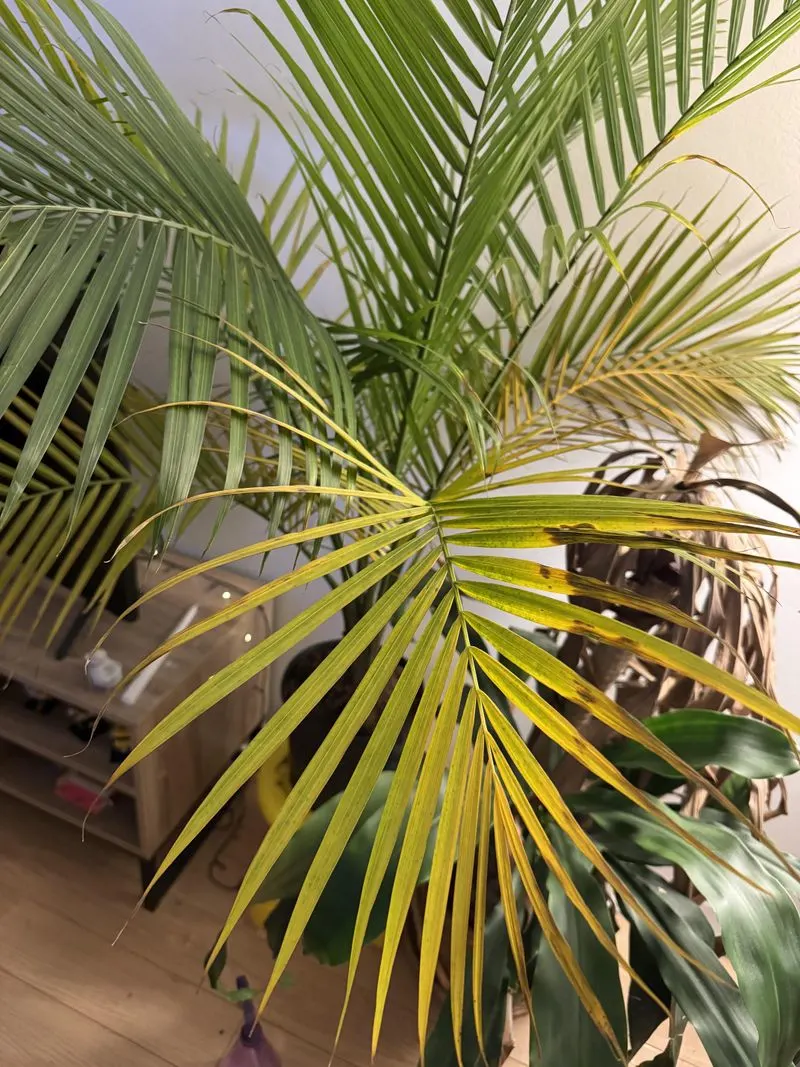
Yellowing leaves can result from various issues, not just overwatering. Underwatering, poor light, or nutrient deficiencies might also be culprits. It’s essential to consider the plant’s specific needs and environmental conditions. Assess the soil moisture, light exposure, and nutrient availability before concluding. Addressing the problem requires a holistic understanding rather than attributing yellow leaves solely to excess water. This approach ensures healthier and happier plants.
Myth 5: Misting Plants Daily
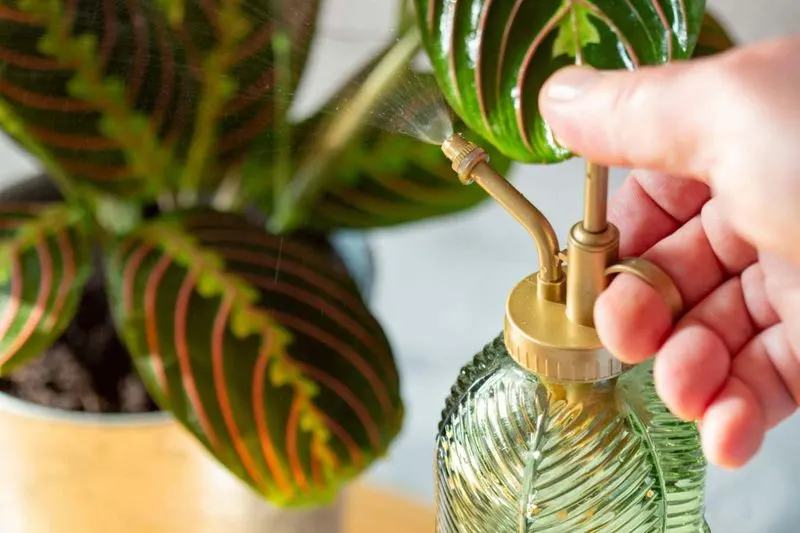
Misting is often believed to increase humidity effectively for houseplants. However, its impact is short-lived and superficial. To truly enhance humidity, consider a humidifier or grouping plants together. This creates a microenvironment with sustained moisture levels. Regular misting might satisfy the gardener more than the plant. Recognize that while misting offers momentary moisture, consistent humidity control requires more substantial measures, ensuring plant vitality.
Myth 6: Cacti and Succulents Need Little Water
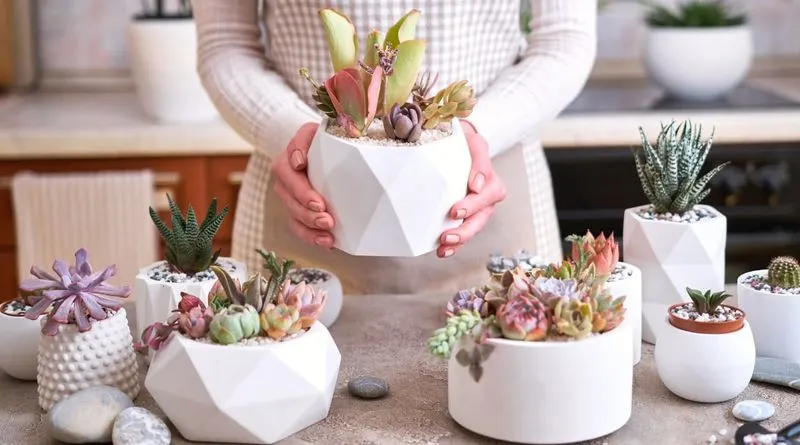
Though known for drought resistance, succulents and cacti require regular watering during growth periods. It’s a misconception that neglect suits them. Overwatering is harmful, yet periodic watering based on soil dryness is vital. During dormancy, they need less water. Understanding this balance is key. These plants are not maintenance-free but demand tailored care. Providing appropriate hydration during active growth ensures their vigor and resilience, debunking the water-averse myth.
Myth 7: Repotting Always Boosts Growth
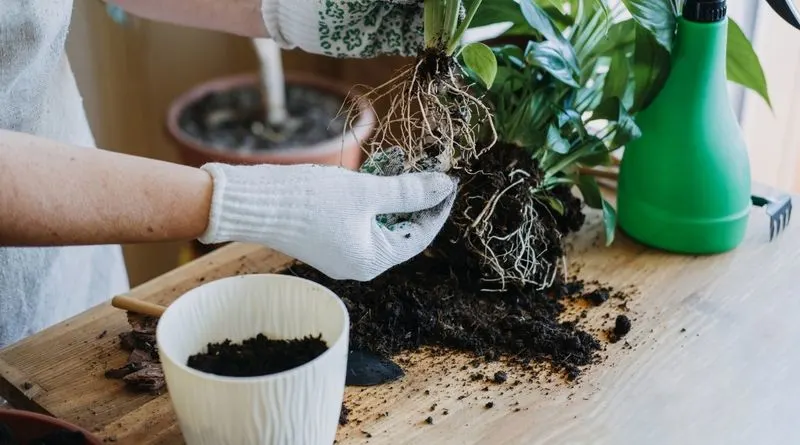
Repotting isn’t inherently beneficial for growth. Plants generally thrive when slightly root-bound and only need repotting when truly necessary. Frequent repotting can stress plants, disrupting their stability and growth patterns. Consider repotting if roots emerge from drainage holes or growth stunts. Otherwise, let them be to flourish in their preferred environment. Recognizing when to disturb a plant and when to let it settle is crucial for overall health.
Myth 8: Fertilizer Fixes All Problems
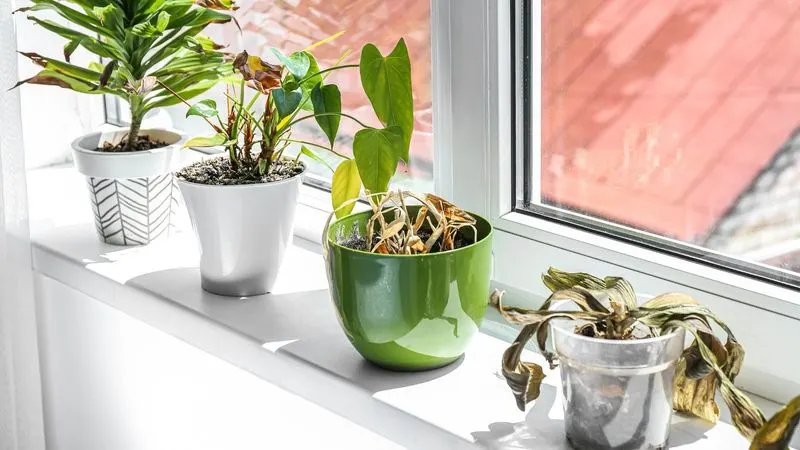
Not a cure-all, fertilizer can’t resolve all plant issues. Over-fertilization can burn roots, leading to nutritional imbalances. Evaluate soil quality, watering habits, and light exposure first. Fertilizer supplements nutrition but must be correctly integrated into a holistic care regimen. Recognizing its role aids in avoiding pitfalls. Often, the solution lies in addressing basic needs rather than excessive fertilization. Understanding the plant’s complete care requirements ensures sustained health.
Myth 9: Bigger Pots Help Plants Grow Bigger
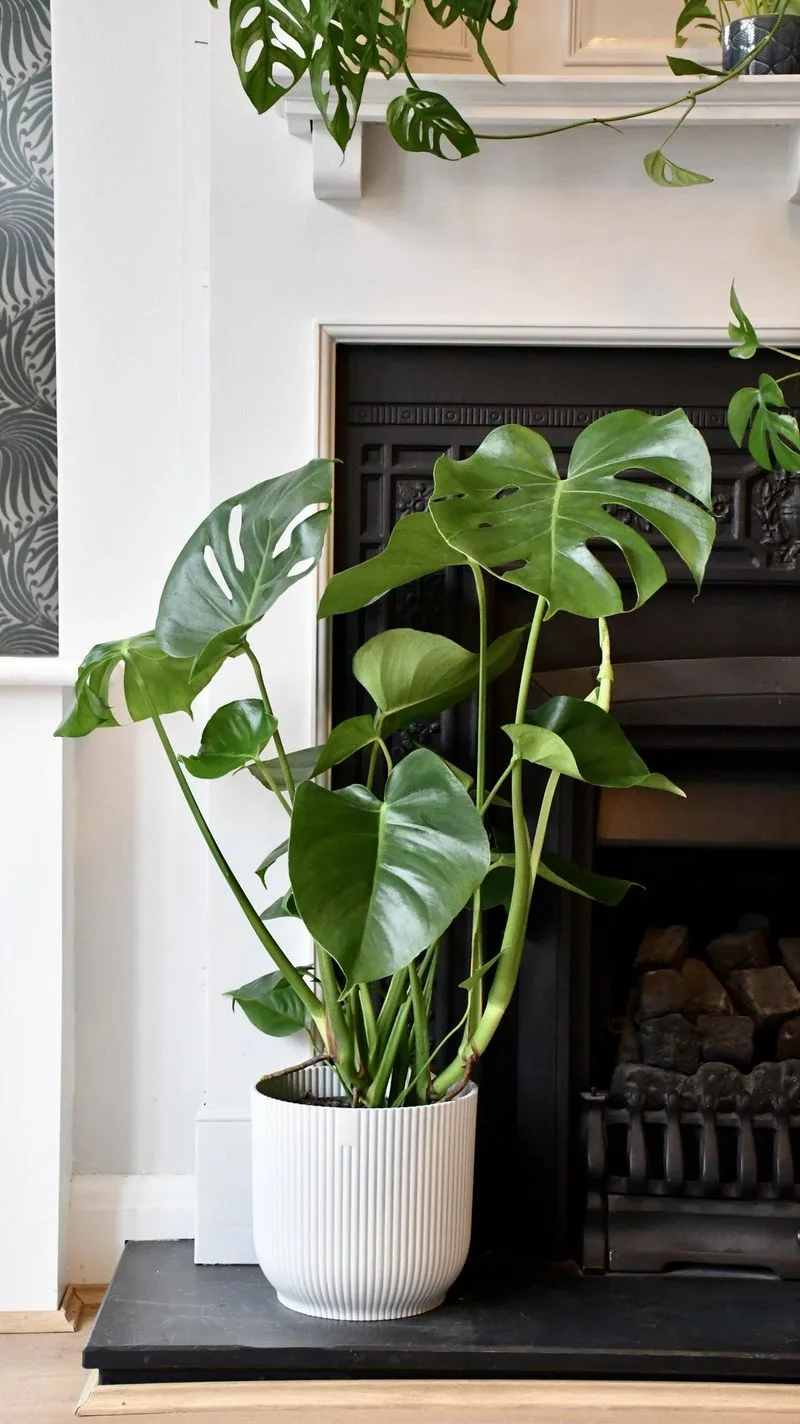
Bigger pots don’t equate to larger plants and can lead to water retention issues, risking root rot. Plants appreciate snug containers supporting balanced growth and root development. The excess soil in oversized pots retains too much moisture, stunting plant growth. Choose pot sizes aligning with plant size and growth rate. The right pot encourages vibrant development without unnecessary complications, debunking the myth of bigger being better for plant containers.
Myth 10: Plants Don’t Need Winter Care
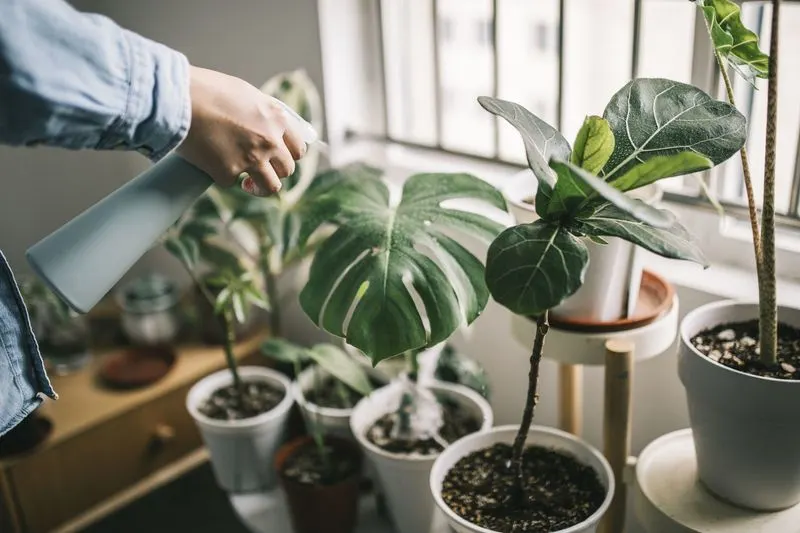
During winter, plants require nuanced care adjustments, contrary to the belief they need less attention. Growth slows, but light exposure, watering frequency, and humidity levels must be managed meticulously. Adjust care routines to cater to seasonal changes. Monitoring indoor conditions ensures survival through colder months. Understanding these requirements helps maintain plant health year-round, highlighting the myth’s inaccuracy regarding winter neglect.
Myth 11: Houseplants Attract Pest Infestations
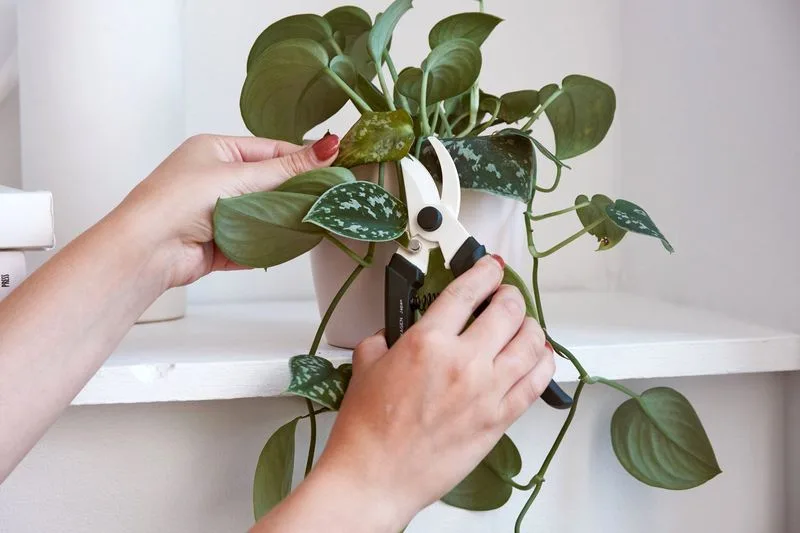
Houseplants don’t inherently attract pests. Infestations typically result from external factors or existing pest presence. Regularly checking plants for pests and maintaining cleanliness prevents issues. Healthy plants resist infestations more effectively. It’s about proactive care and vigilance rather than assuming plants naturally harbor pests. Taking steps such as proper lighting, watering, and occasional pest checks ensures a pest-free environment.
Myth 12: All Indoor Plants Are Safe for Pets
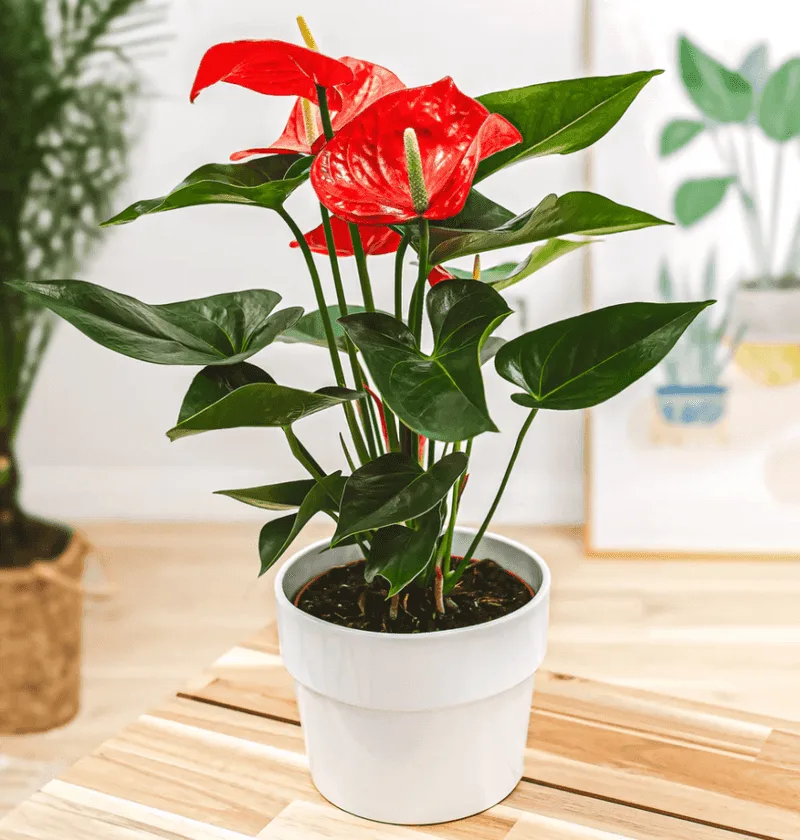
Not all houseplants are pet-safe, with some posing toxic risks. Knowing plant species and their effects on pets is vital. Research and choose pet-friendly options like spider plants or Boston ferns. If unsure, position potentially harmful plants out of pets’ reach. Being informed prevents unfortunate incidents, ensuring your home remains a safe haven for both plants and pets. Understanding compatibility fosters harmony, dispelling the myth of universal safety.

